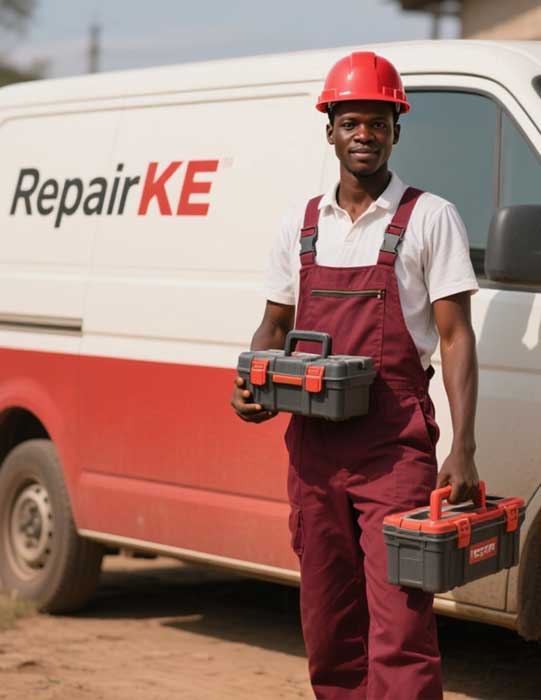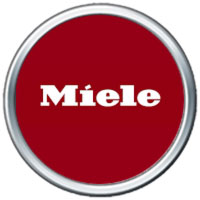
Common Single Oven Faults and Their Repair Solutions
Single ovens are essential kitchen appliances, providing reliable cooking performance for households. However, like any appliance, they can develop faults over time due to wear, improper use, or electrical issues. Understanding common single oven faults and their repair solutions can save time, money, and frustration. This article explores frequent issues, their causes, and professional or DIY repair approaches, presented in a clear and structured format to assist homeowners in troubleshooting and resolving problems effectively.
"Regular maintenance, such as cleaning and inspecting your oven, can prevent many common faults from escalating." – Appliance Repair Expert
Frequent Single Oven Faults and Solutions
Single ovens encounter a range of issues, from heating problems to electrical malfunctions. Below is a detailed examination of the most common faults, their likely causes, and recommended repair solutions.
Oven Not Heating
Cause: A faulty heating element, broken thermostat, or issues with the power supply are common culprits.
Solution: Inspect the heating element for visible damage, such as burns or breaks, and replace it if necessary. Test the thermostat with a multimeter and replace it if it fails to regulate temperature. Ensure the oven is receiving adequate power by checking the circuit breaker or fuse. Professional assistance is recommended for electrical diagnostics to ensure safety.
Uneven Cooking or Baking
Cause: This issue often results from a malfunctioning fan (in fan-assisted ovens), poor door seals, or an imbalanced heating element.
Solution: Check the fan for obstructions or damage and replace it if it’s not spinning properly. Inspect the door gasket for wear and replace it to maintain consistent internal temperatures. For uneven heating, calibrate the thermostat or replace the heating element. A technician can recalibrate the oven for precise temperature control.
Oven Door Not Closing Properly
Cause: Worn hinges, damaged door seals, or a misaligned door latch can prevent proper closure.
Solution: Tighten or replace loose or damaged hinges. Replace the door gasket if it’s cracked or brittle. Adjust the latch mechanism to ensure proper alignment. If the door remains misaligned, consult a professional to inspect the oven’s frame for structural issues.
Faulty Temperature Control
Cause: A defective thermostat, sensor, or control board may cause inaccurate temperature settings.
Solution: Test the thermostat or temperature sensor with a multimeter and replace faulty components. If the control board is suspected, a technician should diagnose and replace it, as this requires specialized knowledge. Regular calibration can prevent minor temperature discrepancies.
Oven Not Turning On
Cause: Power supply issues, a blown fuse, or a malfunctioning control board are typical reasons.
Solution: Verify the oven is plugged in and the circuit breaker is functional. Check and replace any blown fuses. If the control board is faulty, a professional technician should handle the repair due to the complexity of electronic components. Always prioritize safety when dealing with electrical faults.
"Attempting DIY repairs without proper knowledge can worsen oven faults or create safety hazards." – Kitchen Appliance Technician
Repair Solutions in Tabulated Format
The following table summarizes the common faults, their causes, and estimated repair costs, assuming professional service. Costs are approximate and may vary by region and service provider.
| Fault | Common Cause | Repair Solution | Estimated Cost (USD) |
|---|---|---|---|
| Oven Not Heating | Faulty heating element or thermostat | Replace element or thermostat | 50 – 150 |
| Uneven Cooking | Malfunctioning fan or door seal | Replace fan or gasket, calibrate thermostat | 70 – 200 |
| Door Not Closing Properly | Worn hinges or damaged seal | Replace hinges or gasket, adjust latch | 40 – 120 |
| Faulty Temperature Control | Defective thermostat or sensor | Replace thermostat or sensor, recalibrate | 60 – 180 |
| Oven Not Turning On | Power issues or faulty control board | Check power, replace fuse or control board | 80 – 250 |
Note: DIY repairs may reduce costs but require technical skills and safety precautions.
"Using genuine replacement parts ensures long-term reliability and maintains your oven’s warranty." – Appliance Service Provider
Preventive Measures and When to Call a Professional
To minimize oven faults, clean the interior regularly to prevent grease buildup, avoid slamming the door, and schedule annual maintenance checks. While some repairs, like replacing a door seal, are DIY-friendly, complex issues involving electrical components or control boards should be handled by certified technicians to avoid safety risks or further damage.
"A well-maintained oven can last 10–15 years, delivering consistent performance with minimal repairs." – Home Appliance Consultant
Choosing a Repair Service
When selecting a repair service, prioritize providers with certified technicians, positive customer reviews, and transparent pricing. Request quotes from multiple companies to compare costs and ensure they use manufacturer-approved parts. For persistent or recurring faults, a professional diagnostic can identify underlying issues, ensuring a comprehensive repair.
By addressing common single oven faults promptly and effectively, homeowners can restore their appliance’s functionality and extend its lifespan, ensuring reliable cooking performance for years to come.




